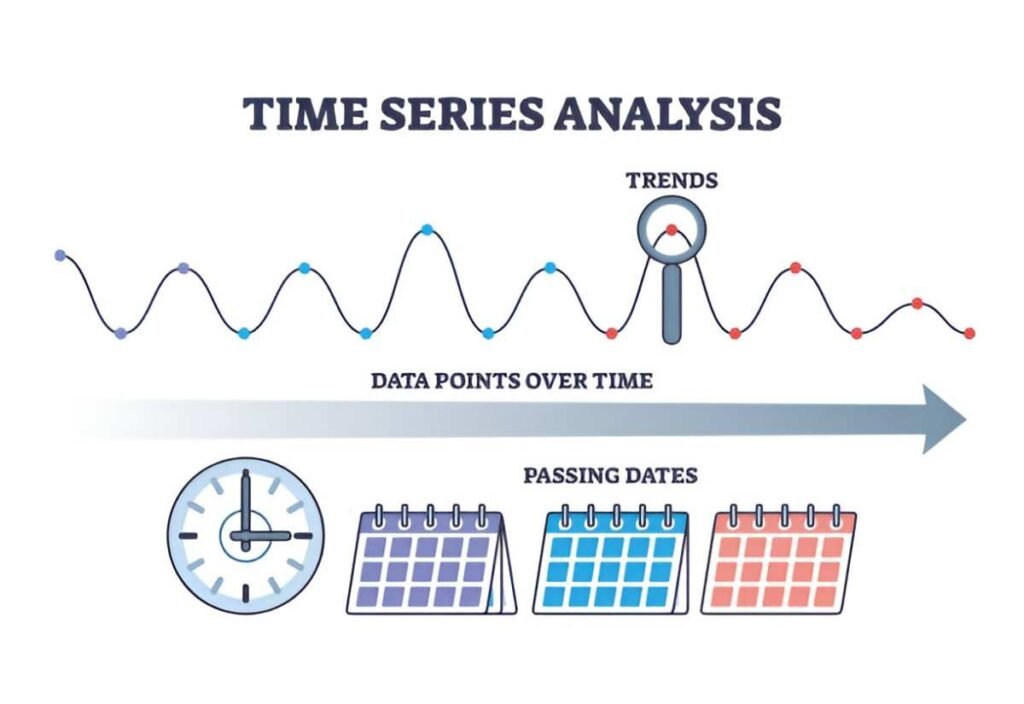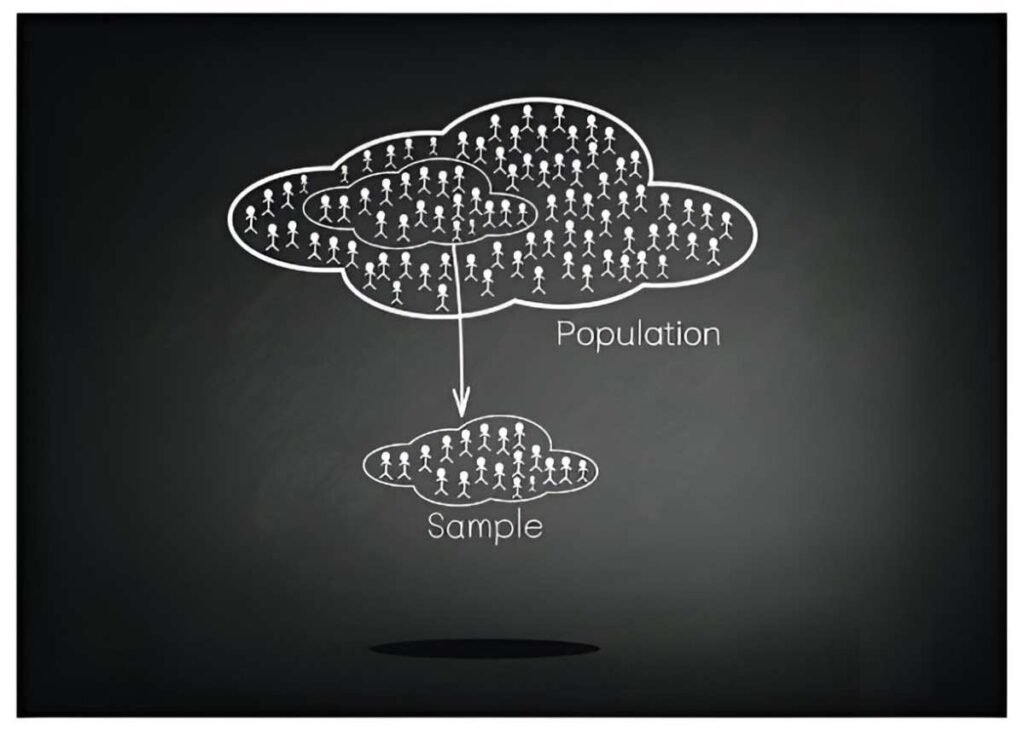Understanding the concept of a sampling frame is a crucial aspect of research, statistics, and data collection. As someone who has delved into the world of statistics, I can confidently say that while sampling frames might seem like a complex topic at first glance, they are foundational to ensuring accurate and meaningful results in any study. Whether you’re a researcher, a student, or someone interested in making data-driven decisions, understanding what a sampling frame is and how it works can be immensely valuable. In this article, I’ll walk you through the basics of a sampling frame, its importance, and how it impacts the accuracy and reliability of research findings.
Table of Contents
What is a Sampling Frame?
A sampling frame is a specific list or representation of a population from which a sample is drawn for a research study. In simpler terms, it is the complete set of elements (people, objects, or events) from which you will select your sample. Think of it as the “blueprint” or “map” of your target population that allows you to define and select the participants or elements for your study.
For instance, if you are conducting a study on the health habits of university students in the United States, your sampling frame might include a list of all registered students at a particular university or a list of students from universities across the nation, depending on your study’s scope.
The accuracy of the sampling frame plays a critical role in the validity of your research. If your sampling frame is incomplete, biased, or doesn’t properly represent the population, your findings may be skewed and not reflect the true characteristics of the population you’re studying.
The Importance of a Sampling Frame
- Accuracy of Results: A well-constructed sampling frame ensures that every element in the population has a known and equal chance of being selected. Without this, your sample may not accurately represent the population, leading to biased conclusions.
- Minimizes Bias: By clearly defining the boundaries of your sampling frame, you can avoid selection bias, where certain individuals or groups are overrepresented or underrepresented.
- Reduces Errors: A well-constructed sampling frame helps in reducing errors during the data collection process by ensuring that every participant or element is accounted for.
- Improves Generalizability: The goal of most studies is to generalize findings from the sample to the entire population. A sampling frame that accurately represents the population increases the likelihood that your findings can be generalized.
Types of Sampling Frames
There are two main types of sampling frames:
1. Sampling Frame for Simple Random Sampling
In this case, the sampling frame represents all the elements of a population with an equal probability of selection. For example, if you’re conducting a survey of high school seniors in a state, your sampling frame could be a list of all students who are enrolled in the senior grade at high schools within that state.
2. Sampling Frame for Stratified Sampling
Stratified sampling is used when the population can be divided into distinct subgroups (or strata), and the goal is to ensure that each subgroup is represented in the sample. For instance, if you’re conducting a survey on employee satisfaction in a company, your strata might be the different departments within the company. Each department will be represented proportionally in the sample.
How to Create a Sampling Frame
Creating a sampling frame is a systematic process. Below are the steps to build an accurate sampling frame for your research:
1. Define Your Population
Before constructing a sampling frame, you need to define your target population. Your population is the complete group that you want to study. For example, if you’re interested in studying the average income of adult residents in the United States, your population would be all adults living in the U.S.
2. List All Elements of the Population
Once you’ve defined your population, the next step is to identify and list all the elements that make up this population. This might include getting access to databases, registries, or other resources that provide a comprehensive list of elements in your population. The more complete and accurate your list, the more reliable your sample will be.
3. Account for Inclusions and Exclusions
It’s important to decide what should be included and excluded from your sampling frame. For instance, if you’re conducting a study on car ownership in the U.S., your sampling frame would include all car owners, but you might exclude non-owners or owners of certain vehicle types depending on the focus of your study.
4. Create the Sampling List
After defining inclusions and exclusions, create a detailed list of all the elements in your population. This might be in the form of a spreadsheet, a database, or another organized list that can easily be referenced during the sampling process.
Potential Problems with Sampling Frames
Creating a sampling frame isn’t always straightforward, and several issues can arise during its construction. Here are some common challenges:
1. Undercoverage
Undercoverage occurs when certain segments of the population are not included in the sampling frame. For example, if you’re using a phone directory to create your sampling frame for a survey, you may inadvertently exclude people who do not have a landline or those who have an unlisted number.
2. Overcoverage
Overcoverage happens when elements that are not part of the target population are included in the sampling frame. This can lead to inaccurate conclusions, as the sample may overrepresent certain groups. For example, if you’re conducting a survey on employment status but include retired individuals in your sampling frame, your findings could be skewed.
3. Nonresponse Bias
Nonresponse bias arises when certain individuals or groups selected from the sampling frame do not respond or participate in the study. If the nonrespondents differ significantly from the respondents, it can lead to biased results.
4. Outdated or Inaccurate Lists
If the list you’re using to build your sampling frame is outdated, you might end up including individuals who no longer belong to the population you’re studying. For example, if you’re conducting a survey on registered voters using an old voter registration list, you might be including individuals who have moved or are no longer eligible to vote.
The Relationship Between the Population and Sampling Frame
It’s important to understand that the sampling frame is not the same as the population. While the population is the entire group you want to study, the sampling frame is just a representation of that group. A sampling frame is a subset of the population that you can use to select a sample for your research.
For instance, if you’re studying the academic performance of students in a school district, your population is all students in that district. However, your sampling frame could be the list of students from a particular school, or it could be a list of students from all schools within the district, depending on the scope of your research.
Mathematical Insights: Sampling Frame and Probability
Sampling frames are crucial for calculating probabilities in statistical analyses. For example, let’s say you are drawing a simple random sample of 50 students from a school with a total student body of 1,000.
The probability of selecting any individual student from the sampling frame is:
\frac{1}{1000}This ensures that each student has an equal chance of being selected. In more complex sampling methods, such as stratified sampling, the probabilities will differ based on the proportion of the strata in the overall population.
Calculating Sample Size from a Sampling Frame
The size of your sample often depends on the size of your sampling frame. To determine the optimal sample size for your study, you can use the following formula:
n = \frac{N}{1 + (N - 1) \cdot e^2}Where:
- n is the sample size,
- N is the size of the population,
- e is the margin of error (e.g., 0.05 for a 95% confidence level).
For instance, if you have a population of 1,000 and you want a margin of error of 5%, the sample size would be calculated as:
n = \frac{1000}{1 + (1000 - 1) \cdot 0.05^2} = 278.57 \approx 279Thus, you would need 279 samples from your sampling frame to ensure that your results are statistically significant.
Conclusion
A sampling frame is an essential tool in research and data collection. It defines the set of elements that are eligible to be included in the sample, which in turn impacts the accuracy and generalizability of your research findings. A well-constructed sampling frame can help ensure that your results are valid and unbiased, while a poorly constructed one can lead to misleading conclusions. By understanding how to create and manage a sampling frame, you are better equipped to conduct effective research and draw reliable insights from your data.





